With Direct Signings Direct Deeds, we ensure you get the best when it comes to the numerous services that we offer including filing a Homestead Declaration. The importance of a Homestead Declaration is extremely valuable as it shields your home from any attacks from creditors which is why we’re happy to clarify why you should consider filing. Unfortunately, a forced sale of your home could be a result of bankruptcy, unpaid medical bills, credit card debts, and business/personal loans. Here at Direct Signings Direct Deeds, we walk you through the steps of the application and make sure you not only feel protected but are.
To start the process, a Homestead Declaration is filed with the County Recorder. Though there are requirements that need to be met in order to file one; a land with a dwelling house including any fixtures or building, a mobile home that is not contingent on if the owner owns the land where the home is located or a condominium unit. If any of those requirements are you, congratulations, you can get started on filing! First, let’s access exactly what home equity is as it transitions into what a Homestead Declaration does.
Home equity, also sometimes called as “real property value”, is a homeowner’s interest in a home which increases over time due to the value of the property, or it can also depend on how much the mortgage loan balance is paid down. How this relates to filing a Home Declaration? Well, filing can actually protect up to $550,000 of your home’s equity! Please note, if your equity does exceed $550,000, it does not prevent a seizure or judgment via a forced sale on your home from creditors. Additionally, it does not protect you from all debts including child support, IRS lien, payment of taxes, mechanic’s lien, or your mortgage or deed of trust.
Please know, under Nevada’s Revised Statutes, Chapter 115 is what governs the declaration of a homestead. To declare, you must make sure you assign the designation of the homestead in the desired protected property before any forced sale begins. We know this can be quite a bit of information, but remember a Homestead Declaration is a powerful and important resource to have. We want to help ease the long process and help in preparing your Homestead Declaration! We can assist you with the preparation, notarization, and recording with a preparation fee of only $125! We want you to know we are here for you and your home because we understand how relaxing it is to you are protected. For further information, please see our page on how to get started on your Homestead Declaration.

Please don’t hesitate to call 888.635.6471 to get started!








